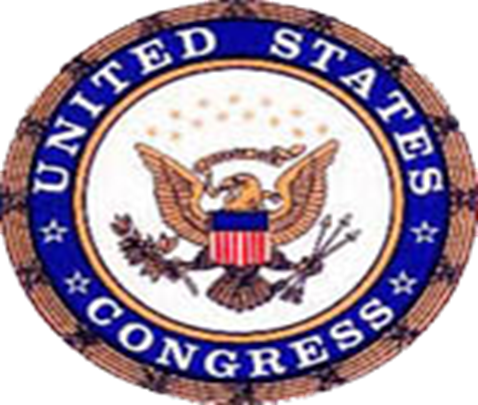The key federal laws that affect students with disabilities are the Individuals w/ Disabilities Education Act (IDEA), Sec 504 of the Rehab Act of 1973 as amended (Section 504) and the Americans w/ Disabilities Act (ADA).
Three federal laws address the obligation of public district
schools and charter schools to meet the needs of students with
disabilities. These three key laws that
affect students with disabilities are the Individuals with Disabilities
Education Act (IDEA), Sec 504 of the Rehab Act of 1973 as amended (Section 504)
and the Americans with Disabilities Act (ADA). These are federal statutes. Federal statutes are enacted by Congress with,
generally, the approval of the President. The statutes are organized in the United
States Code, or “U.S.C.” The U.S.C.
organizes the statutes by subject matter.
Each of these federal statutes has a corresponding
“implementing regulation.” When Congress
creates a statute, that is, passes a law, all the law does is outline general
goal, principles and requirement. But
there need to be specifics of how the law will be applied and enforced. That is what the federal regs do. The Federal Regulations are written by the
agencies that oversee the law. The
agencies write the regs to implement and enforce the Congressional
statutes. Because the IDEA is an
education statue, federal regulations for the IDEA are written by the United
States Department of Education (the DOE).
The Individuals with Disabilities Education Act (IDEA) The IDEA is the nation’s special education (SPED) Law. It ensures services to children with disabilities throughout the nation. The IDEA governs how states and public agencies provide early intervention, special education and related services to “eligible” students. (“Eligible” students are those identified by a team of professionals as having a disability that adversely affects performance in school and is in need of special education and/or related services. According to the U.S. Department of Education's National Center for Education Statistics (NCES), as of the 2021-2022 SY, approximately 7.3 million students ages 3-21 had an IEP. This reps about 15% of all public school students. The most common eligibility category was specific learning disability (SLD) at 32%.
The precursor to the IDEA was enacted
in 1975. It requires that children and
youth with disabilities, ages 3–21 (22 in some states, including Arizona) be
provided a Free and Appropriate Public Education (FAPE) in the Least Restrictive
Environment (the LRE, also referred to as the “placement”) that emphasizes special
education and related services designed to meet unique needs and prep them for
further ed, employ and independent living.
Infants and toddlers with disabilities (birth to age 3 years) and their
families receive early intervention services under IDEA Part C. In Arizona, it is Arizona Early Intervention
Services (AZEIP, pronounced “a-zip”). Children
and youth (ages 3 to 21 years) (22 in Arizona) receive special education and related
services under IDEA Part B. Schools receive federal and state monies to
provide these school services.
Section 504 of the Rehabilitation Act of 1973 (Section 504,
or simply, 504) is a national law that protects individuals with disabilities
from discrimination in programs and activities that receive federal financial
assistance, or are conducted by federal agencies. It defines the rights of individuals with
disabilities to participate in, and have access to, program benefits and
services. It set the precedent for
subsequent legislation for individuals with disabilities, including the
Americans with Disabilities Act (ADA) in 1990.
Section 504 contains a much broader definition of a student
with disabilities than does the IDEA, and thus protects students with
disabilities who may not qualify for an IEP by guaranteeing them access to
necessary accommodations during both instruction and assessments. Students with disabilities who do not qualify
for an IEP may be able to qualify for a 504 which will provide them with
accommodations through the development of a 504 Accommodation Plan (a “504
Plan”).
The Americans with
Disabilities Act of 1990, as amended by the ADA Amendments Act of 2008 (the ADAAA,
or simply the ADA) was modeled after 504.
It prohibits discrimination and ensure equal access in public schools (ADA
Title II) and private schools (ADA Title III), as well as in employment, state
and local government services (including public district schools an charter
schools) and public accommodations / privately owned businesses (including
private schools – but NOT parochial schools, unless parochial schools receive federal
funds, for example, for lunch programs).
Kirsch-Goodwin & Kirsch, Arizona Education Lawyers



No comments:
Post a Comment